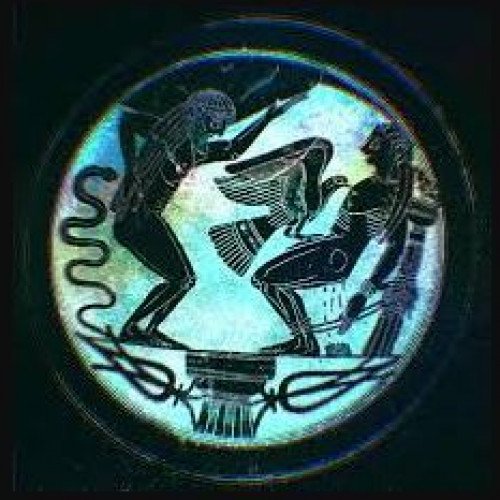Aethon VS Oni

Aethon
The ancient Greek word aithôn means "burning", "blazing" or "shining." Less strictly, it can denote the colour red-brown, or "tawny." It is an epithet sometimes applied to animals such as horses at Hom. Il. 2.839 ; oxen at Od.18.372; and an eagle at Il. 15.690 (cf. Hyginus' calling the eagle that tormented Prometheus an aethonem aquilam at Fabulae 31.5.). The eagle who tormented Prometheus, Aethon, was the child of the monsters Typhon and Echidna. In English, aithôn may be written Aethon, Aithon or Ethon. In Greek and Roman mythology there are a number of characters known as Aethon. Most are horses, variously belonging to: Helios Ares Hector Pallas Hades (Claudian)The name is twice applied to humans. In Odyssey 19.183, it is the pseudonym a disguised Odysseus assumes during his interview with Penelope upon his return to Ithaca. According to fr. 43a.5 of Hesiod's Catalogue of Women, Erysichthon of Thessaly was also known as Aethon due to the "burning" hunger (aithôn limos) he was made to endure by Demeter.
Statistics for this Xoptio

Oni
Oni (鬼おに) is a kind of yōkai, demon, ogre, or troll in Japanese folklore. They are typically portrayed as hulking figures with one or more horns growing out of their heads. Stereotypically, they are conceived of as red, blue or white-colored, wearing loincloths of tiger pelt, and carrying iron kanabō clubs. This is a symbol of the dark side. They are popular characters in Japanese art, literature, and theatre, and appear as stock villains in the well-known fairytales of Momotarō (Peach Boy), Issun-bōshi, and Kobutori Jīsan.